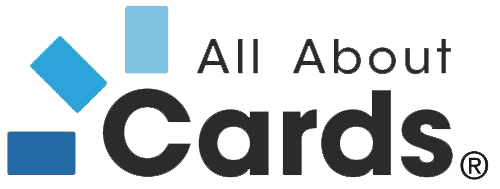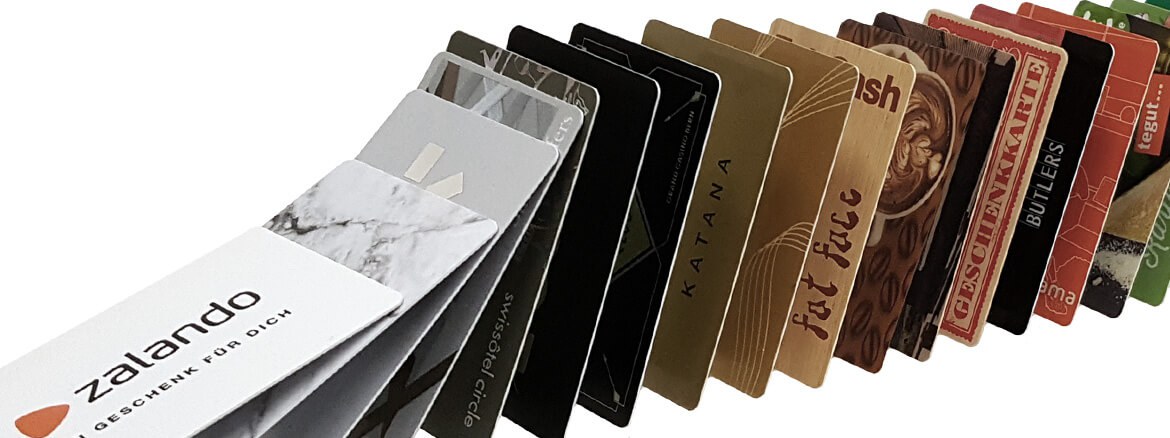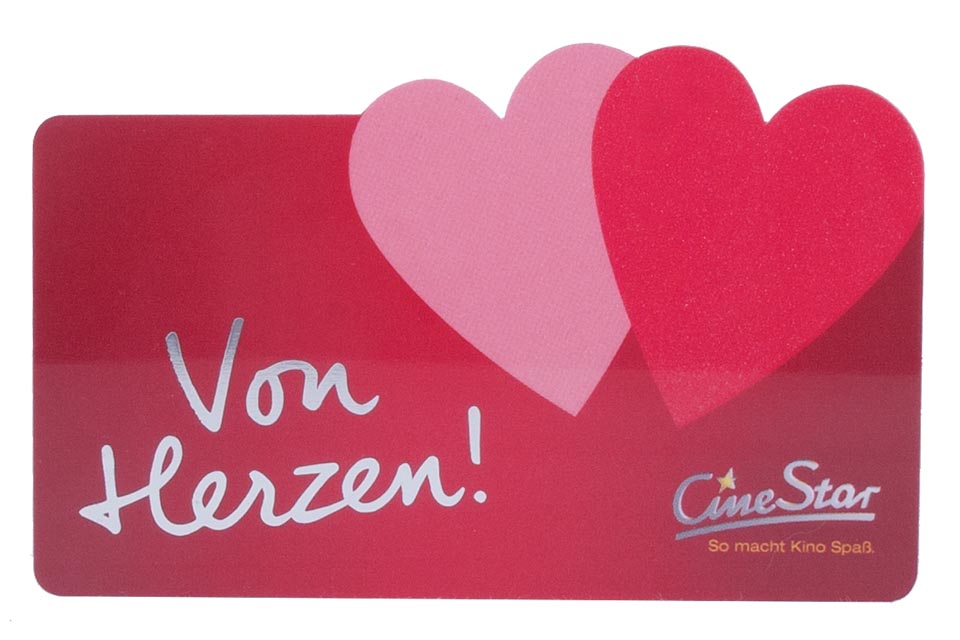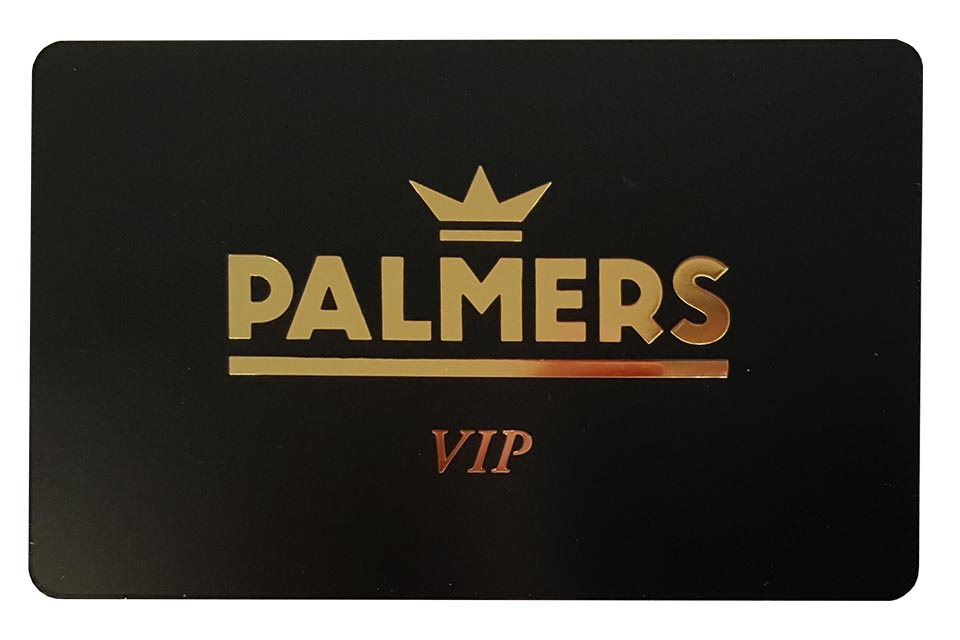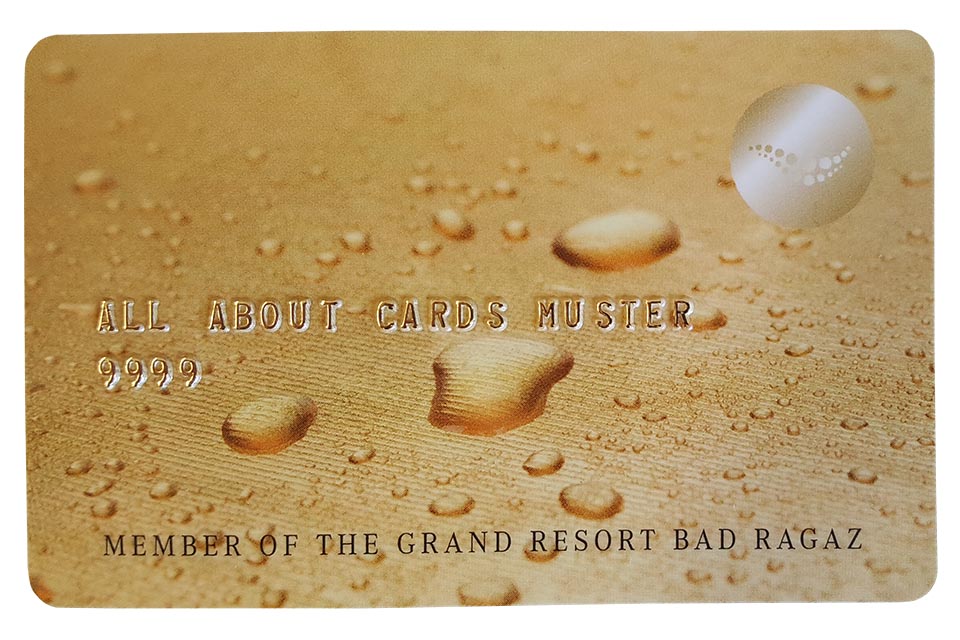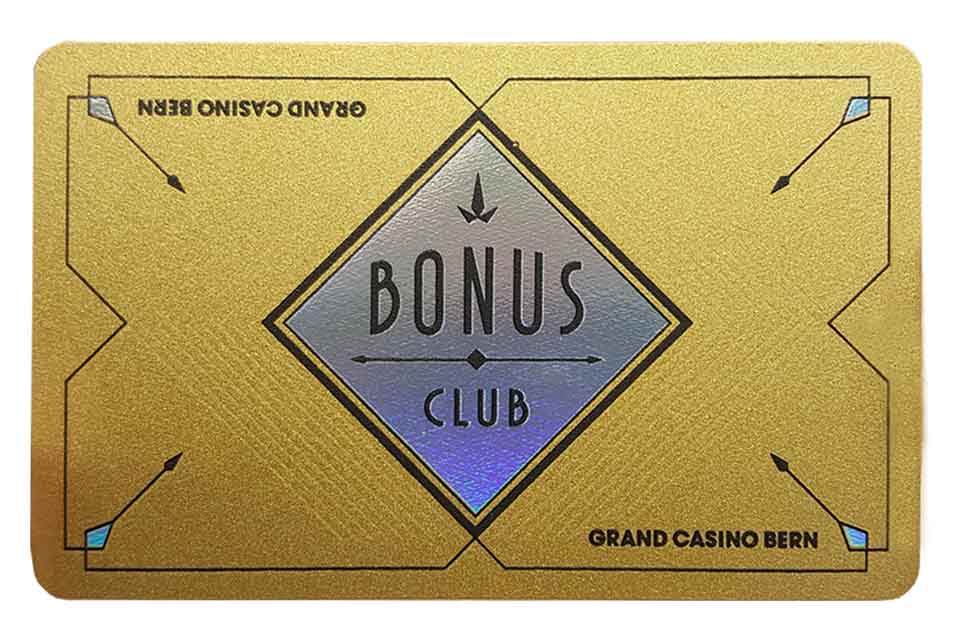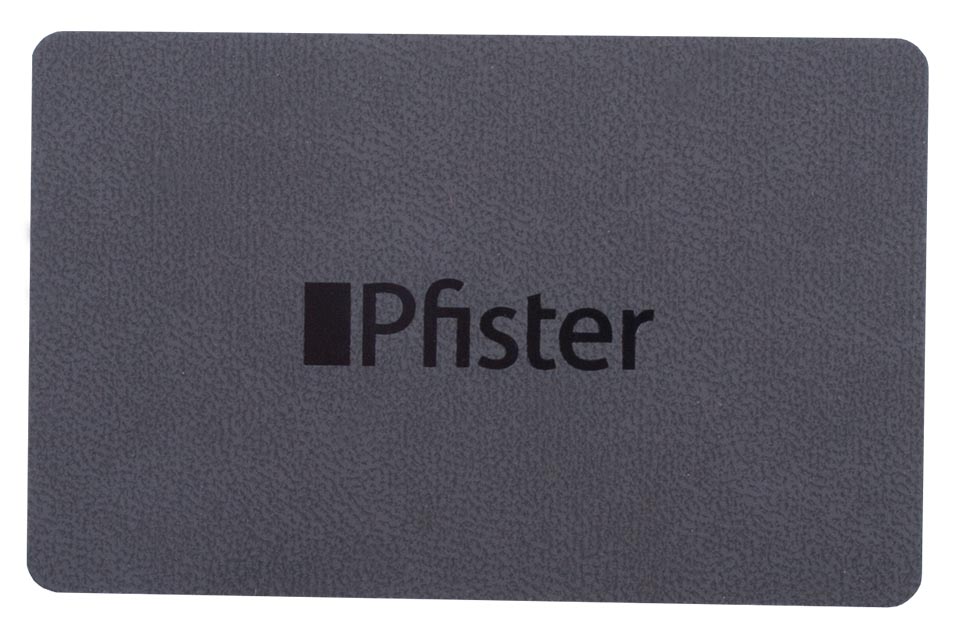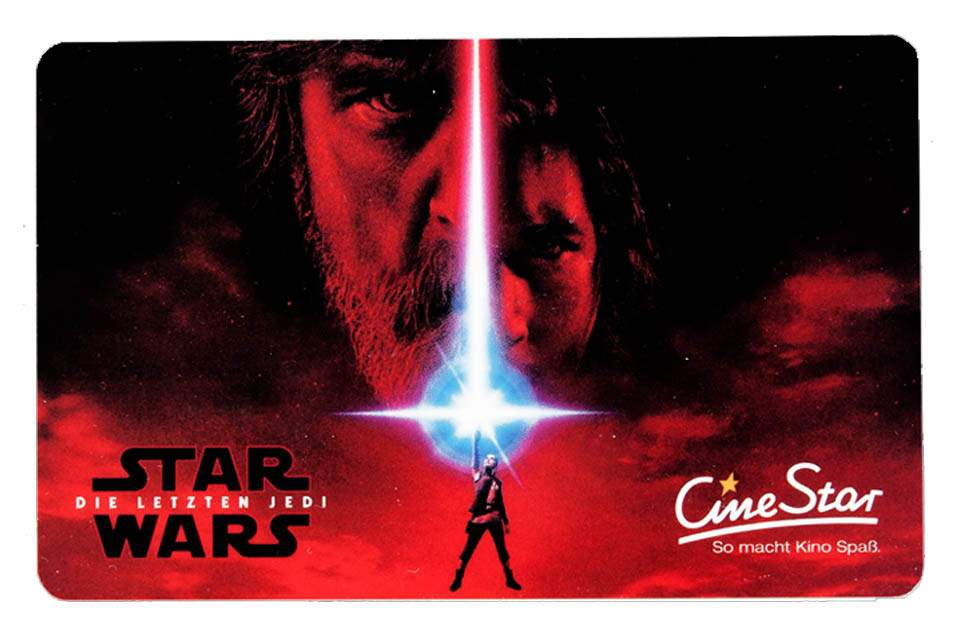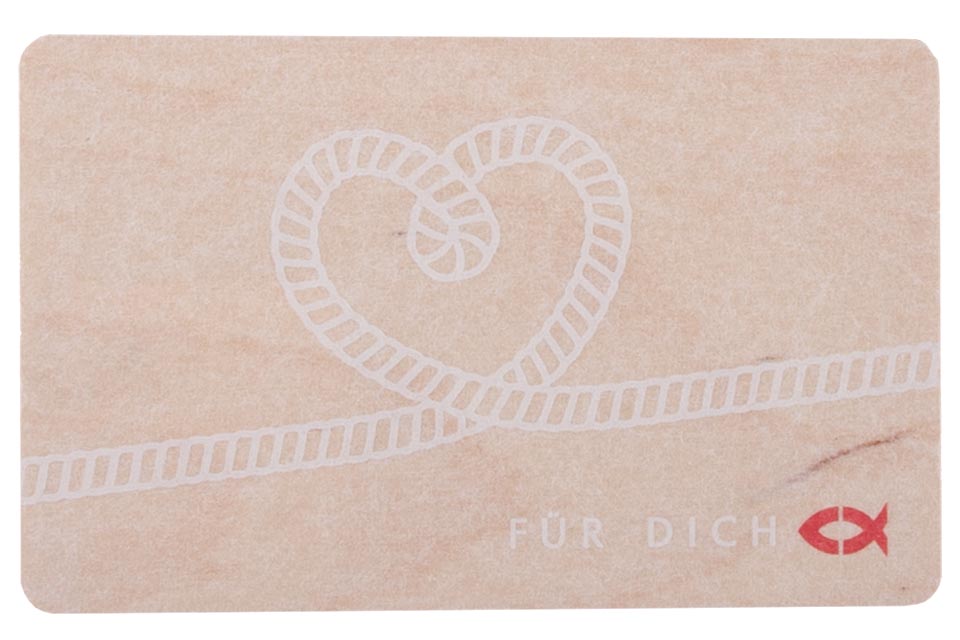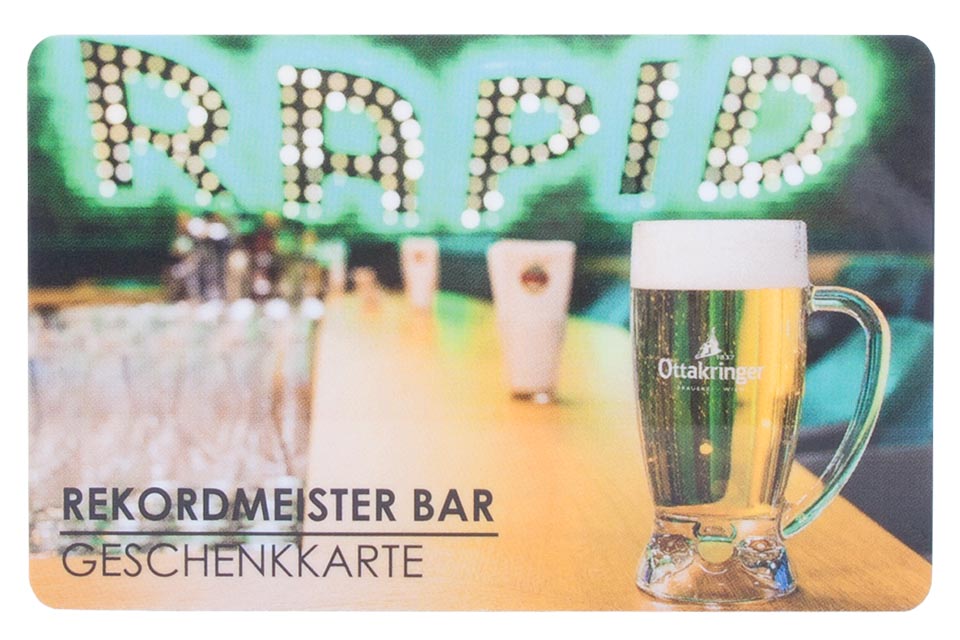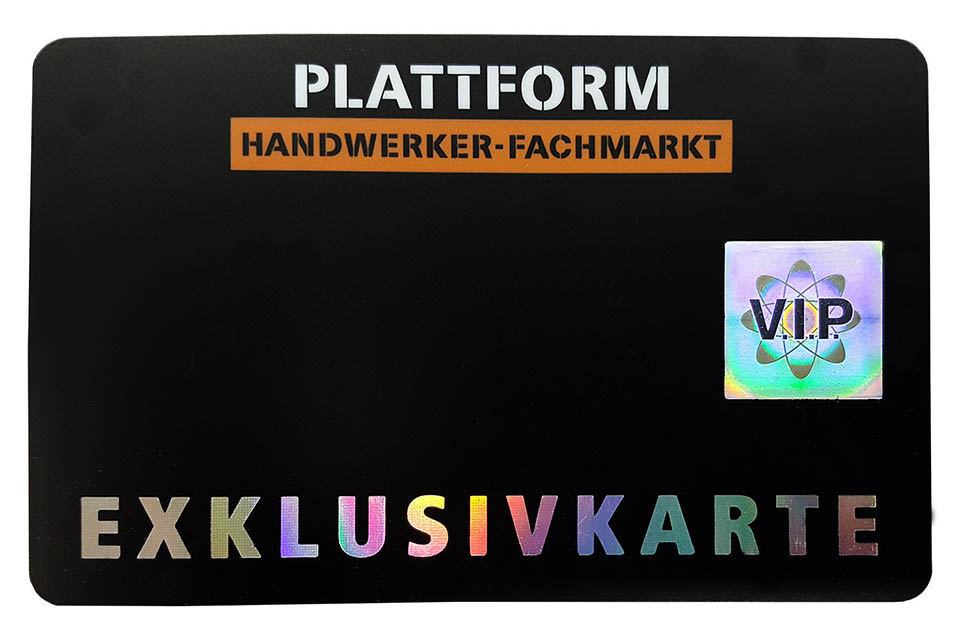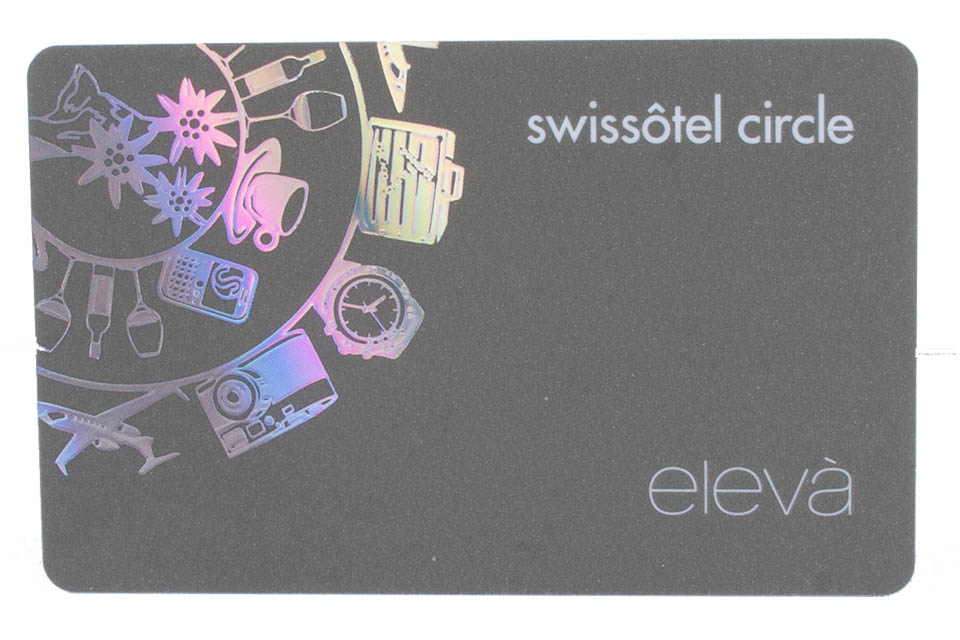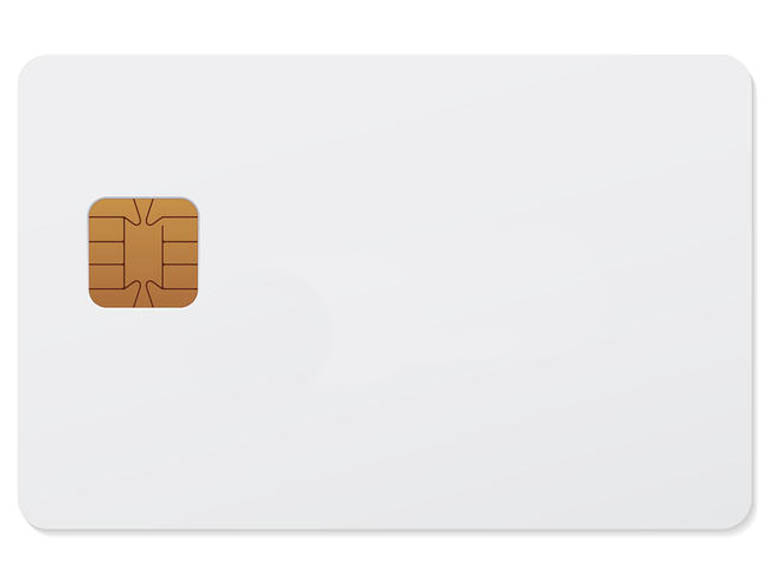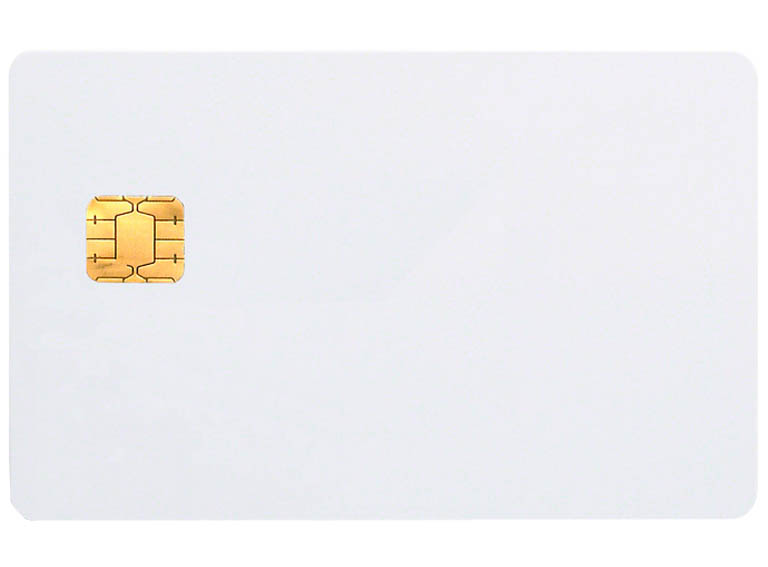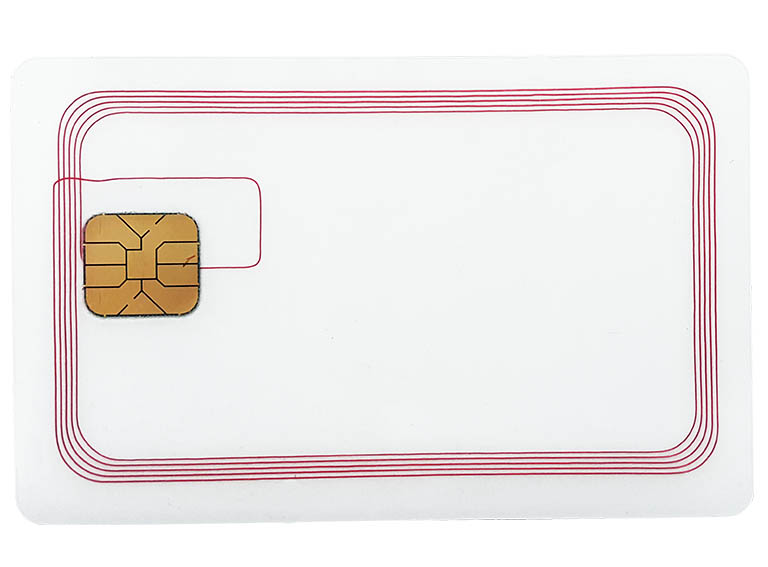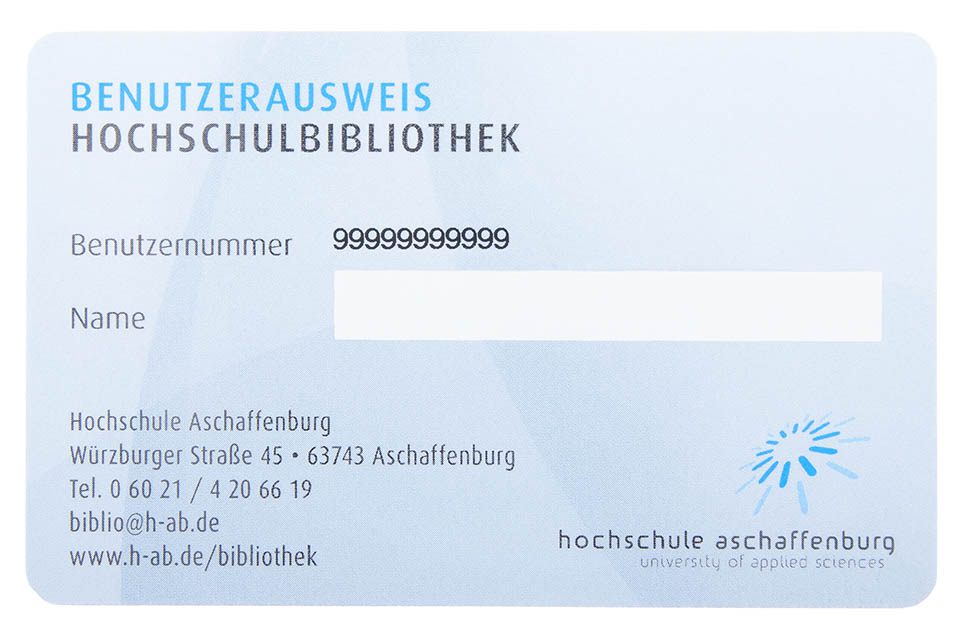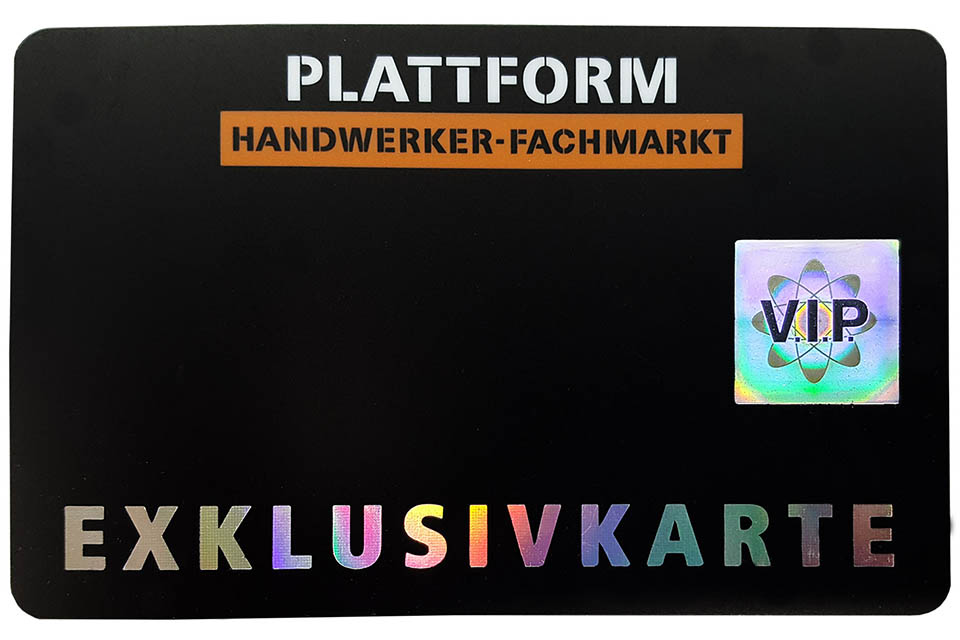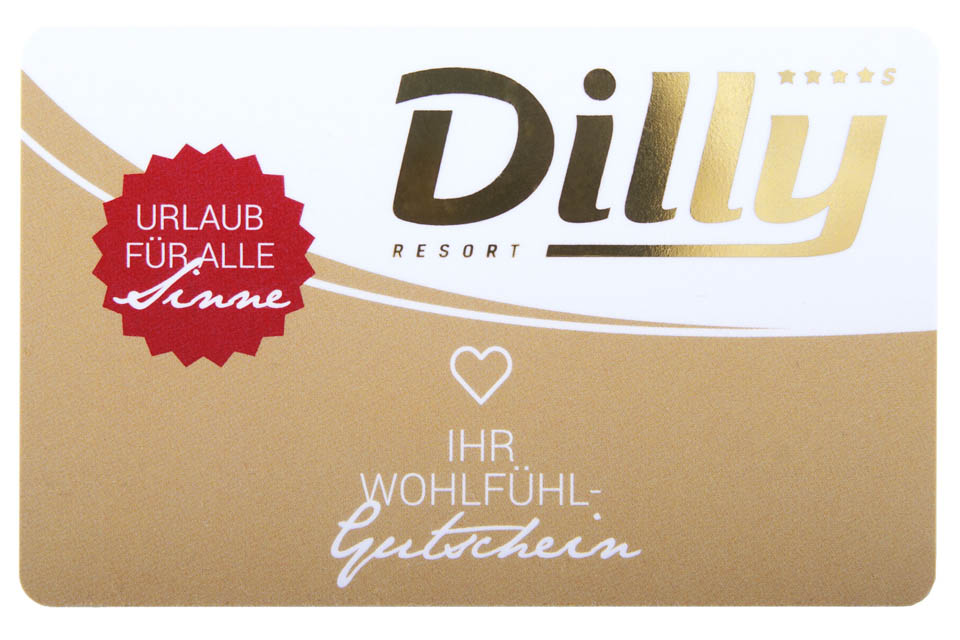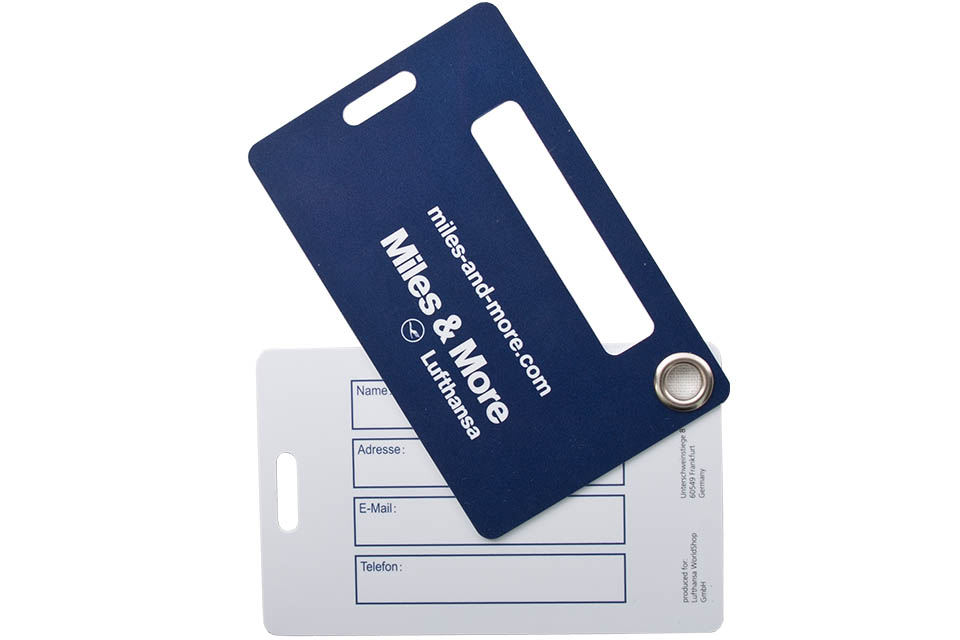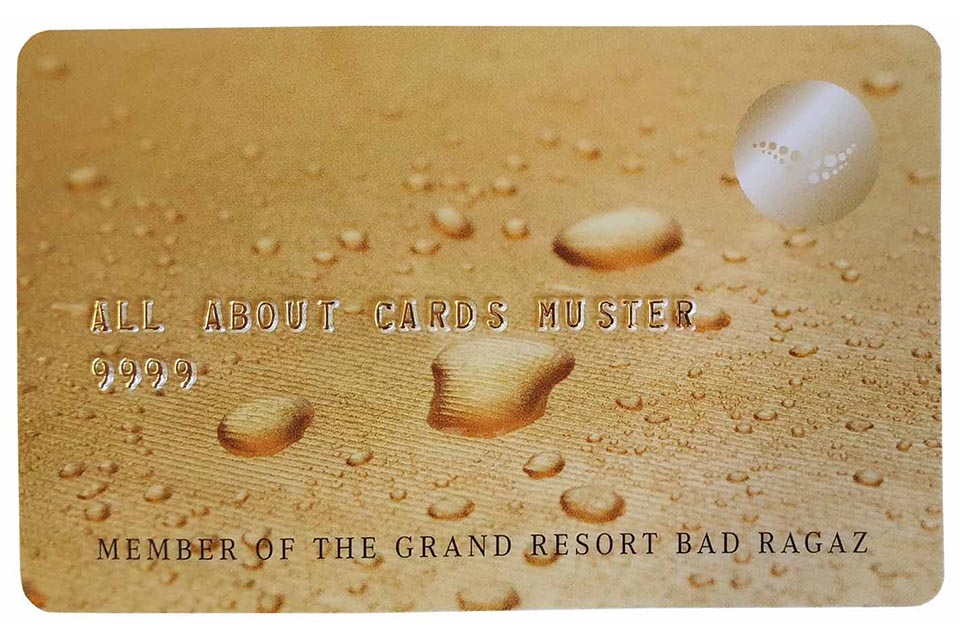PLASTIC CARDS PRINTING ACCORDING TO YOUR WISHES AND REQUIREMENTS
Plastic Cards of All About Cards
We produce your high-class plastic card with offset prints, screen print or digital print. Concerning layout and function requirements we recommend the appropriate printing process. We optimize the appearance of your card. Alternatively, with a card printer you can print on blank cards flexibly and on-site. Moreover, you can choose a combination of both: you purchase plastic cards, printed with an offset print, and personalize them with a text or a picture by yourself. The result depends on the technical components you use. For different purposes of plastic cards and chip cards we recommend production and printing processes. We can offer you more than 10 years of experience and an holistic project handling.
Have plastic cards printed or print them yourself?
Often one has no concrete idea of how the plastic cards should be used. Let our printing experts help you: We support you from the first idea to the implementation of your card project and find the ideal solution for your inquiry. We always offer you the ideal card solution for you, the optimal contact chip or RFID chip as well as all card printers, card readers and card software individually tailored to you or your customers, regardless of whether you want to have your cards printed or print your plastic cards yourself.

Plastic cards of All About Cards - Your advantages:
- More than 10 years of experience
- High-class, individual production
- Price optimization
- Holistic, flexible solutions
- Professional consulting and samples
- Diverse supplementary
- Appropriate technical equipment and software
- Project handling from A to Z
All About Cards offers card printers for buying, renting or leasing as well as the complete solution for your application at your reception desk, in your firm or wherever you want to use and print plastic cards.
Information about plastic cards
Whether customer cards, gift cards, ID-cards, chip cards, RFID-cards or magnetic stripe cards, you can request plastic cards at All About Cards as well as print them by yourself with one of our card printers. We produce, encode and personalize your plastic cards concerning your imaginations for every application. Profit from our long-standing experience.
Plastic cards made of different materials, various printing technologies and finishings enable a variety of purposes for plastic cards. With our support your ideas are hardly limited. Following, you can find the most important types of plastic cards: chip cards, magnetic stripe cards, RFID cards, barcode cards and hybrid cards.
On this site we answer different questions concerning your plastic cards. Your question does not appear? Contact us.
1. What is a plastic card and what types are there?

Plastic cards are mostly made of PVC, but it is also possible to produce them with wood, metal or other materials. Our plastic cards are normally printed in offset print or digital print. In addition, they are provided with an appropriate protective laminate, so they keep their brilliant colours and their shapes. Depending on the intended use, technologies like chips, RFID or magnetic strips are integrated into the plastic cards and make them a reliable data carrier. All About Cards prints plastic cards as employee ID-cards, gift cards, warranty cards, tickets, student ID-cards, access cards etc.
2. How and from which material are plastic cards made?

Plastic card blanks often consist of several extremely thin white PVC layers and two final high-gloss laminates. In the standard format (ISO 7810, CR-80-format) a card measures 86 x 54 millimetres, is 0.76 mm thick and has rounded edges. We offer you thin plastic cards as well as cards with a diameter of 1 mm or more. Thin plastic cards are available in thicknesses of 0.1 mm, 0.3 mm and 0.5 mm. With an appropriate card printer you can process those cards by yourself. Furthermore, our versatile repertoire offer you your favorited card thickness and alternative and sustainable materials than the classical PVC, such as recycle-PVC, PET-G, Bio-PVC, PS, Paper and wood or cards made of metal.
3. Which printing processes are used for plastic cards?

There are two mainly used printing processes: Offset print with laminate and offset print only with varnish. In both processes, you can order the usage of the CMYK euro scale or special colours like Pantone. Mostly, we use the offset print for plastic cards that is equipped with an appropriate protection laminate and due to that they retain their brilliant colours and their shape. Offset printing means high-resolution printing at a CMYK euro scale colour procedure. However, the print onto the surface arises by a re-transfer-processing or a thermal printing.
The personalization of the cards takes place at a downstream process. For personalizations there are different printing processes: thermal printing, dye sublimation printing, retransfer printing, inkjet, DoD and laser personalization. With the digital printing, also the personalization can take place during the print and therefore, is also protected by the laminate.
4. What do CMYK, RGB and Pantone mean?

Four-color-print CMYK means cyan, magenta, yellow, carbon. The colors, which can be produced by four colour print process, represent only a part of the full color spectrum, i.e. not every colour which our eyes can perceive can be represented by the four colour print process.
Also, not every color can be rebuilt in the RGB color space (red, green, blue). The colors which appear at our screens (RGB color space) have an equivalent at the four color print process, but those differ from each other. Over the years, the printing industry has tried to find a way to print the colours of four-colour printing using the RGB process, but this has not yet been achieved. RGB is an additive color space which is based on three colors: red, green and blue. It rebuilds the color perception of humans by an additive mixture of the three main basic colors.
Pantone is the name of a color system which is mainly used in the graphic and design industry. It includes special colors, which can only be imitated by a normal four color print to some extent. At the pantone system every color is matched with a number term. If you ask for a special color fidelity, we recommend using Pantone colours. With this colour scheme you do not depend on the individual colour perception and you can exchange the colours by adapting the worldwide accepted numbering. The colours can only be processed with an offset or screen print.
5. What technologies can a plastic card be equipped with?
Plastic cards are unbeatable as technology carriers. We produce high-class chip cards with different chip types: contact chip cards and contactless chip cards.
Contactless chip cards are also called transponder or RFID cards. We offer magnetic stripe cards with various types of magnetic stripes that differ between LoCo and HiCo magnetic stripes. Both chip cards and magnetic stripe cards are listed blank or printed in our assortment. Moreover, with our card printers you can print and encode chip cards and magnetic stripe cards by yourself. Of course, data carriers only work with the appropriate reader. We are partner of leading suppliers and we can deliver you the right device as well as integrate it into your application.
6. Which types of chip cards exist?
A chip card can be either contactless or contact-attached. The contactless chip card is also called transponder card or RFID card and the data transfer takes place with 125 KHz at low frequency systems and 13.56 MHz at high frequency systems. Contact chip cards always require a physical contact between the chip module and the chip card reader or the chip card encoding unit. At this cards the chip is visible on the surface.
There are basically two types of contact chip cards depending on the application: memory chip cards and processor chip cards. The memory chip cards include customer cards or loyalty solutions. The main applications for processor chip cards are high-security identification cards, debit cards, credit cards, ID cards or passports.
7. What is the purpose of the magnetic strip on plastic cards?

The magnetic strip on your magnetic card is used for saving and reading electronic data. These are necessary for identification and authorization of persons. The magnetic stripe includes a character string of numeric and alphanumeric data. Regarding the degree of coercitivity, i.e. resistance of demagnetization, they are separated into LoCo (Low Coercitivity) and HiCo (High Coercitivity). The measurement unit of the magnetic field is Oersted (oe). Dependent on the use of the cards, you choose the type of the magnetic stripe. For example, HiCo2750oe is used for access control, HiCo4000oe for banking and LoCo300oe for customer cards.
The appearance of magnetic strips can be distinguished by their colour. In general, LoCo magnetic strips are brown and HiCo magnetic strips are black.
8. Which plastic card finishings are possible?

Grab attention with your plastic cards by refining them. With Hotstamp (hot embossing), different varnishes and structures, you achieve great effects and a certain feel. Hotstamp is punched out of a metallic foil like a stamp and applied to the pre-printed map. Most often, we make plastic cards with silver or gold hotstamp for our customers. In principle, a wide variety of colors and film types are possible. You can use spot varnish (UV paint) to spot details of your card. It is applied selectively to parts of the layout, such as logos or lettering, in order to highlight them in a targeted way. Holograms can also not only be used as security detail, but also put a nice eye-catcher on the map. Colored card edges can also accentuate a plastic card.
9. Which special sizes are there?

We deliver your plastic card in the shape that you order – that does not need to be the standard credit card shape. Plastic cards can be produced in every individual shape and be a nice advertising medium. Plainer, but favoured special size variants are luggage tags or key tags. Often, we print the blanks with the advertising message of our customers. We offer these special sizes:
- Cloth tags
- Gift cards
- Price labels
- E-book gift cards
- Rulers
- Concert crew cards
- VIP tickets
- Event tickets and backstage identification cards
- Goods labellings
10. Can I personalize my plastic card?

Plastic cards can be electronically or visually personalized with appropriate systems such as card printers. This process happens in one go. First, the data is written electronically on magnetic cards, chip or RFID cards, followed by the visual personalization, which can be revealed differently.
Not only identity cards are personalized, so provided with name, photo and other data. More and more cards of other applications are equipped accordingly to make the card more personal or to protect against abuse. Loyalty cards and membership cards often include the name of the owner. Gift cards, bonus cards and sales cards carry a number, barcode or QR code as personalization. Scratch fields can also be integrated and printed to cover a PIN, for example.
All About Cards takes care of personalizing plastic cards or offers you its own thermal transfer card printer. Although black is still the most popular color for personalization, silver or gold ribbons are also popular. Other colors are possible. When personalizing plastic cards, the sensitive handling of data plays an important role. If we personalize your cards in-house, we guarantee absolute data protection and we agree agreements in the first place.
11. What is a barcode?

The barcode is based on the concept of the binary illustration of data and includes the optical translation of a numeric code into graphical elements. These elements (vertical strings of different widths and among those white gaps) are ordered in a way so that a scanner can read and encode them. Therefore, the background of the barcode must be white, to enable the perfect reading with laser pistol or scanner.
12. Can I use an individual plastic card as business card?
Whether in customer meetings, at trade fairs or networking events - it is now common practice to distribute your business cards to the wide world and to expand your own collection. But after this type of event the motto is “out of sight of the mind" - the collected business cards end up in the desk drawer or in the garbage. It is difficult to assign the persons to the cards afterwards. Thus, it is so easy to stand out from the crowd: With plastic cards you leave a lasting impression and stand out from the collection.
They are also more durable than paper business cards because they are more resistant to dirt and easy to clean. With All About Cards you can even buy, rent or lease your own business card printer. Who doesn't know it: An important trade fair is coming up and at the last second you notice that you only have a few business cards left. An order will not arrive in time. With your own individual plastic card printer you are able to quickly reprint business cards.
13. Which security features are suitable for your counterfeit-proof plastic cards?
Counterfeit protection is a top priority for many card applications, especially for ID cards, bank and credit cards. To protect your cards from counterfeiting or misuse, All About Cards uses the latest technologies.
In order to make plastic cards as forgery-proof as possible, all layers of a plastic card are included. We attach security details to both the card body and the laminate. We recommend our customers a combination of visible and hidden security elements.
Visible security elements include:
Hot stamping seals, holograms, spot varnish, microprinting, guilloche patterns, serial numbering, an ID card, glitter powder, magnetic stripes, signature strips, card verification numbers, and many more.
Hidden security elements include:
Hidden texts in the card body or in the magnetic strip, grey on grey prints, UV prints, card chips
At All About Cards, we have many options for protecting your customer cards, gift cards or ID cards against counterfeiting - we would be happy to advise you.
14. Can I print plastic cards with my own printer?
You can only print your individual plastic cards with special printers. These can be rented, leased or bought at All About Cards. Following you will find more information about our card printers.
15. Is it possible to print the plastic cards on both sides with the card printer?
If you are using a card printer for double-sided card printing, double-sided printing can be done automatically by setting the software and driver correctly. Otherwise, you can also use a one-sided card printer by manually turning the cards and reinserting a double-sided print.
16. Cleaning plastic cards before printing?
Card printers are equipped with internal cleaning mechanisms, so-called cleaning rollers or cleaning tapes, which clean cards from dust, lint and other surface influences before printing in thermal transfer, sublimation or retransfer printing, so that the image information can be applied without interference. Nevertheless, it is recommended that plastic cards are loaded into the card printer with cloth gloves before printing, as fat deposits on the card surface (hand cream, etc. ) can influence the card printing.
17. What are the delivery times for plastic cards?
We offer you different delivery time models and thus equip you with a high degree of flexibility. Therefore, you and we are always in a position to optimally coordinate the special features of your order and the time required for its implementation. In general, the duration of production and the associated delivery time depend on the specifications of the plastic cards, the personalization and the variant diversity. Special refinements or technologies are more complex and therefore require more time
Simple plastic cards usually have a delivery time of 2 to 3 weeks from print approval. In contractually existing, ongoing projects with direct API data connection from the customer to our production, we also implement offset card production in Varnish, including personalization for next-day card delivery. Plastic card projects with digital printing can usually be realized in 1 to 2 weeks. Projects with offset production and personalization of plastic or chip cards can usually be realized between 3 and 4 weeks after approval of the print by the customer. Express production is just as possible as sample card production according to customer requirements.
The delivery time of projects that require shipping/delivery abroad may differ – contact us for further information.
